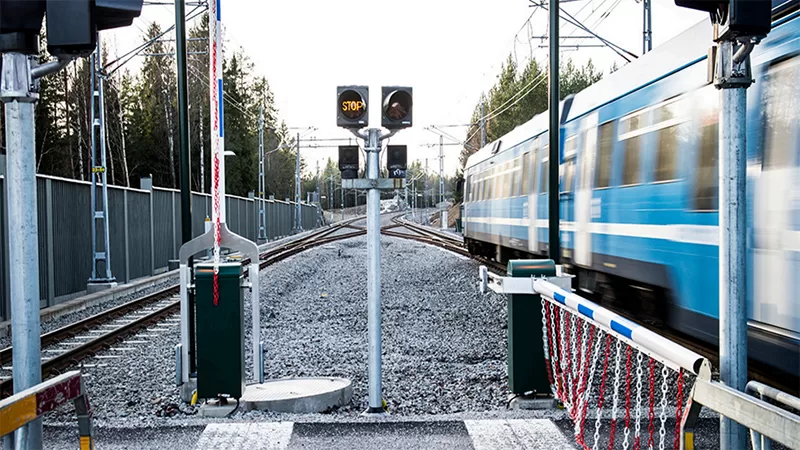EXPERT GUIDE
Signal modernization at Stockholm Metro
Stockholm Metro has a diverse and complex network with light rail, suburban rail and subway systems. Its signaling systems are a mix of computerized and relay-based interlockings, with modern, centralized traffic management systems.
We will take a closer look at two distinct projects of Stockholm Metro; the extension of one of the subway lines using legacy union switch & signal relay-based interlocking and the capacity increase project on a suburban rail line utilizing modern computerized interlockings.
In this guide you will learn:

Yes please, send me the guide!
Table of Content
- Introduction
- Formal Verification and Checkers for Relay-Based Interlocking
- Code Generation for Computer-Based Interlocking
Introduction
How a modern automation process can improve both relay- and computer-based interlocking

Stockholm Metro has a diverse and complex network with light rail, suburban rail and subway systems. Its signaling systems are a mix of computerized and relay-based interlockings, with modern, centralized traffic management systems.
Maintaining and upgrading these systems to the standards of a modern mass transit facing ever increasing passenger numbers is challenging, from a cost and resource perspective as well as from a safety perspective. In order to address this, Stockholm Metro has deployed modern Signal Design Automation processes covering both safety verification and development of interlocking application software.
In this guide we will take a closer look at two distinct projects of Stockholm Metro; the extension of one of the subway lines using legacy Union Switch & Signal relay-based interlocking and the capacity increase project on a suburban rail line utilizing modern computerized interlockings. The relay-based interlockings are designed using traditional methods but with automatic checks of schematics, and safety is verified with automated formal verification. The computerized interlockings are generated, tested, and verified with a design automation process based on generic and formalized requirement specifications.